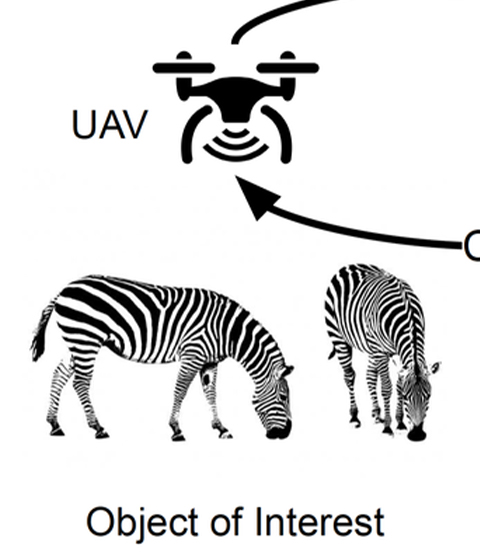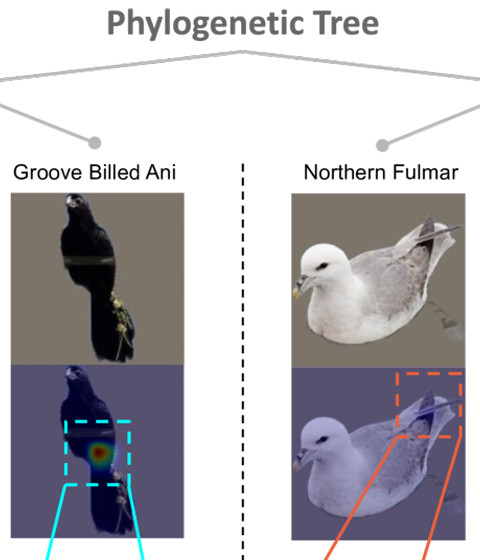
Advancements in the development of AI tools are helping drive new discoveries about biodiversity. At the intersection of computer science and biodiversity, these tools are being used to address fundamental questions about species behavior, interactions, and distributions; the environment; and the structure of the tree of life.
Imageomics Institute
The Imageomics Institute, a National Science Foundation funded cross-institutional collaboration, is creating digital resources and innovations in machine learning (ML) to aid scientists in studying wildlife and their habitats and behaviors. Institutional partnerships, including the Ohio State University, Virginia Tech, and UC Irvine Libraries, enable interdisciplinary collaboration among biologists, computer scientists, and information professionals to enable advances in ML applications for biology.
Machine Learning in Wildlife Conservation
A range of information about organisms can be extracted from images with ML tools. This paper shows how ML tools can detect body posture to infer animal behavior, extract features of organisms to identify individuals in the wild and during encounters with other individuals, and analyze drone or satellite images to locate or track animals.
Real-Time Imaging Using Unmanned Aerial Vehicles
Autonomous, unmanned aerial vehicles (UAVs) can cover remote and diverse terrain efficiently to collect real-time image data about wildlife. The autonomous remote-sensing systems track wildlife to yield data that supports conservation efforts.
Discovering Evolutionary Traits Using Machine Learning
Machine learning can be used to extract the unique, identifying features of species from their images, just as a human would when examining a physical specimen or photo. This study uses ML to discover “hierarchical prototypes” of features that are common to a group of species, which evolutionary biologists can use to identify the relatedness of species on the tree of life.
Flukebook
The online research platform Flukebook uses computer vision algorithms and AI to identify whale and dolphin species and individuals in photos. Algorithms create a digital profile for each individual based on features such as body coloration or the shape of fin edges.




